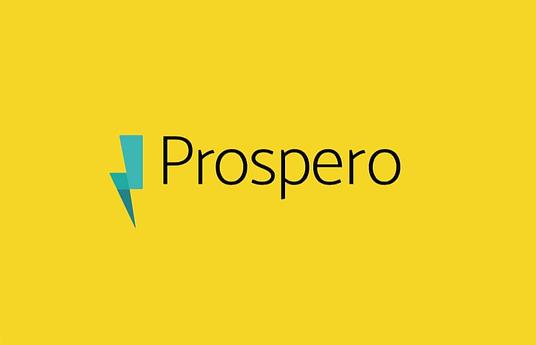Plastic wastes growth has continued to increase with less than 15% global recycling rate. Recently, paver bricks are being produced from PET wastes and sand but through crude means which releases toxic pollutants. There is an urgent need to produce an eco-friendly machine which will adequately melt and mix plastic wastes with sand while preventing indoor and outdoor release of pollutants.
The innovation has been of tremendous success due to the following reasons:
1) There have been an increased recycling rate of PET wastes collected from streets and campuses.
2) Good and durable paver bricks with strength of 18N/mm² are produced through the innovation
3) Emissions which are characterized with open melting of PET wastes through heating of metal containers are totally prevented and avoided.
4) Emissions from the melting process are purified through a scrubber using water and subsequently storing undissolved gases in soil for plant uptake through phytoremediation.
The pollutants (mainly VOCs) was found to reduce significantly to about 90% when using the invented machine as compared to the crude practice of melting PET wastes in open containers for the production of paver bricks. It's an innovation which is addressing the menace of sustainable plastic wastes recycling on an increasing scale.
The first machine designed and fabricated had it challenges ranging from the strength of materials used and adequately capturing and controlling the emissions associated with the process. Subsequently, all these challenges were corrected and the machine is capable of recycling about 500kg of PET wastes daily. All emissions from the recycling process are not released into the environment, avoiding occupational exposure hazards for workers within the recycling plant. Students in tertiary institutions are exposed to the basic concepts of the innovation and possible suggestions for upgrade.
My goal is to produce a bigger/industrial scale machine in the next 2-3 years so as to increase the PET collection rate from the streets and subsequently recycling them into paver bricks for construction.
I can be reached directly through Yusufowoseni@gmail.com or +2347067892426
I am open to sharing ideas with people of like minds who will improve the recycling rate of plastic wastes and prevent their pollution on land and sea.



